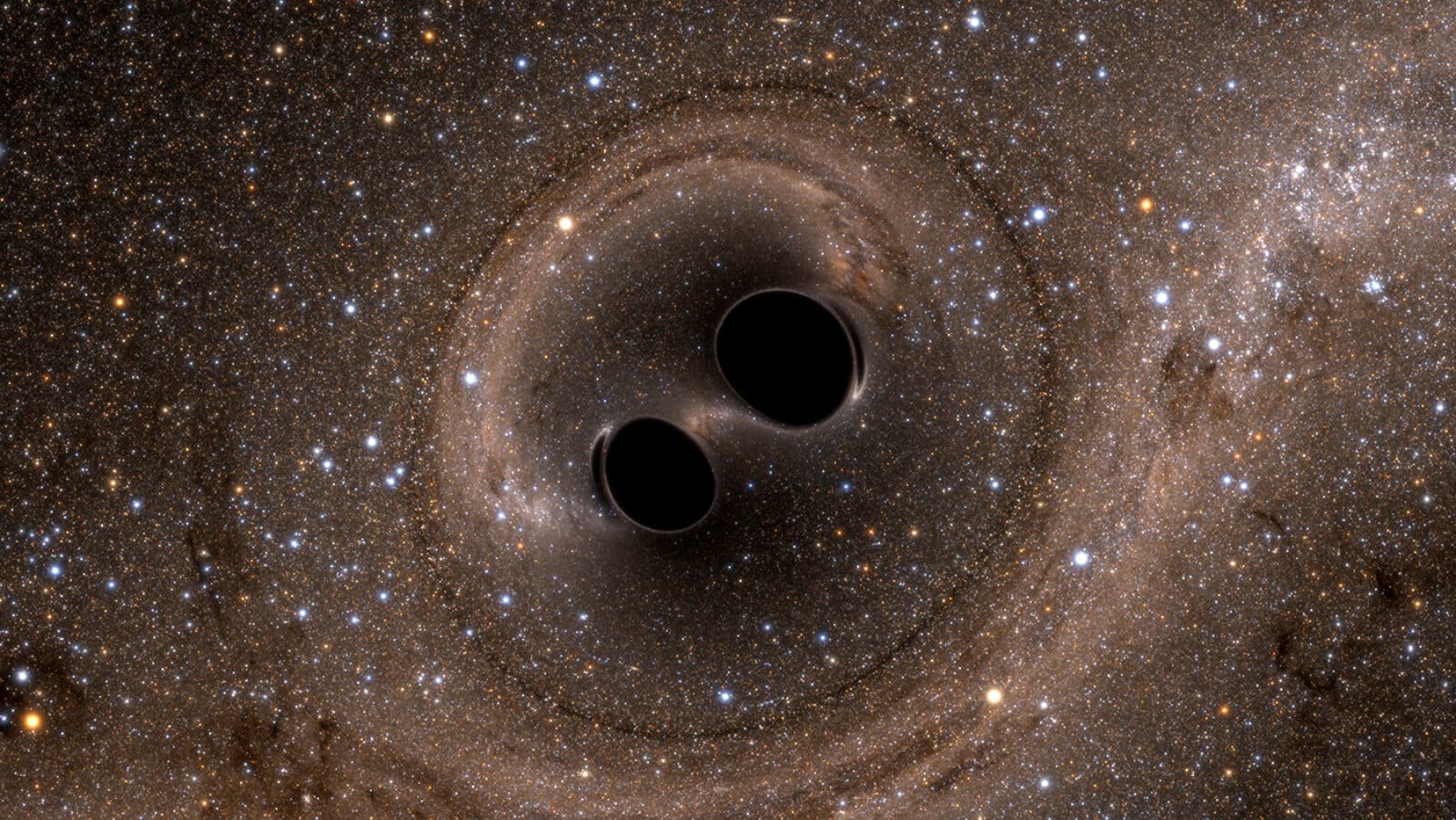The Inescapable Astrophysical Attraction of Black Holes
by Adam Hadhazy
Kavli institute-affiliated researcher Adi Foord follows her inspiration while inspiring others

The Author
Much like how black holes irreversibly trap matter that strays too close, researchers who encounter these astounding objects in their careers find it is nearly impossible to pull themselves away.
Adi Foord can attest to the powerful scientific allure of black holes. Now a Porat Postdoctoral Fellow at the Kavli Institute for Particle Astrophysics and Cosmology (KIPAC) at Stanford University, Foord had always had an interest in physics growing up. Astronomy appeared on Foord's radar, though, only after she took a course her senior year of high school. She recalls the tremendous support of her teacher, Mr. P.
"It was in his class that I looked through a telescope for the first time, and I saw how my interest in physics could be contextualized with objects in space, like black holes. The following year in college, I started my first research experience working on black holes, and I haven't looked back!"
Adi Foord
Foord's research focus is on dual AGN—astronomer-speak for pairs of supermassive black holes in the cores of galaxies that, as their host galaxies merge to form a single galaxy will likewise, in time, merge together into a single, even more supermassive black hole. The "AGN" bit refers to "active galactic nucleus," the term for when these supermassive black holes actively devour matter and spew out stunning amounts of energy and radiation. AGN are accordingly some of the brighter objects found in the universe.
Researchers like Foord are eager to study the relatively short-lived phase, cosmically speaking, when colossal black holes come into close quarters, whirl about each other, and eventually coalesce. This celestial dance is tumultuous and has far-reaching effects. As the objects' intensely strong gravitational fields rip at each other, bystander matter is revved up and blazes energetically, in turn affecting the formation of stars galaxy-wide as the black holes' original galaxies become one.
"We think that mergers are some of the most formative years in a supermassive black hole's and galaxy's life, where the black hole can grow quickly, undergo violent periods where they launch jets, and change the properties of the galaxy it sits in," says Foord.
Because the black hole merger process "only" lasts tens of millions of years, there are only so many of these events that can be observed given the universe's multi-billion-year history. "It's not that easy to find these pairs of merging SMBHs," says Foord, "so I'm hoping to expand the sample size."
Foord relies chiefly on observations from NASA's Chandra X-ray Observatory to detect the telltale high-energy X-ray signals from dual AGNs. The hope is that a better understanding of these fleeting, yet major phases in the lives of supermassive black holes will shed light on broader mysteries about these objects in general, and especially with regard to their murky origins.
"I think it's fascinating that we've observed over one million or so supermassive black holes, and yet we still don't know some fundamental aspects about them, like how and when they are formed," says Foord.
Otherwise largely successful cosmology models struggle to account for how so much mass could have accumulated so quickly to form the supermassive black holes that evidently existed surprisingly early in cosmic history. Logic suggests that supermassive black holes can form directly from somehow pooling billions of times the sun's mass in the early universe, or that big black holes form from the rapid build-up mergers of many smaller black holes, or that an inherently pretty good-sized black hole can voraciously consume matter in its environment in order to go supermassive. More data is needed to disentangle these roots.
Foord aims to study the environments created when black hole-hosting galaxies come together to learn more about the matter-gobbling and merger pathways taken by black holes.
"Black holes' environments may play a really important role in how easily they can eat material and grow, and how likely they are to merge with other nearby supermassive black holes," says Foord. "The cosmic environment evolves throughout our universe's history, so I'm interested in how this influences the evolution of supermassive black holes."
In addition to her research, Foord enjoys communicating about science to the public. In June, Foord gave a KIPAC public lecture, entitled "Catching a Supermassive Black Hole in the Act." Foord also does special outreach to high school students through the three-week summer outreach effort called the Stanford Program for Inspiring the Next Generation of Women in Physics
(SPINWIP). Like herself back in high school, the students in this program might find true inspiration when introduced to the thrilling world of astrophysics.
"Support and encouraging women in science is very important to me and I'm so thankful that I've had various opportunities at KIPAC to do so, such as teaching high school girls about supermassive black holes through SPINWIP, working with students on merging supermassive black hole data projects, and getting to present to the public about exciting supermassive black hole research results," Foord says.
Thanks to her outreach, many other budding researchers might heed the call of astrophysics and feel the irresistible pull of black hole science.